ecology
Table of Contents

Goldfish,After spawning, if the water temperature is between 20~25℃, the fish will hatch in about a week.If the water temperature is higher than 25°C, the hatchlings may hatch in 4~5 days.
If you look closely at the eggs that have been laid, you may see two types of eggs: clear and milky white.Normally, the eggs are clear, but eggs that are not fertilized (unfertilized) or die during growth become milky white.Milky eggs should be processed as soon as possible, as they may rot and promote the growth of pathogens if left untreated. Eggs that did not hatch during the period described in the above section should also be processed as soon as possible.

About a week after spawning, you will see what looks like black dots in the clear eggs. If you see black dots, it is an indication that the eggs are growing well.The black spot is the eye of the fry, after which the body of the fry will gradually form. At that time, you should be careful not to touch the eggs or take them out of the water because they are not very visible. The fry, which are about 5 mm long, will then break through the egg sac and emerge. Newborn fry may remain stuck to a wall or other surface and not move. This is nothing to worry about, as they are trying not to be swept away by the flow of water, etc.
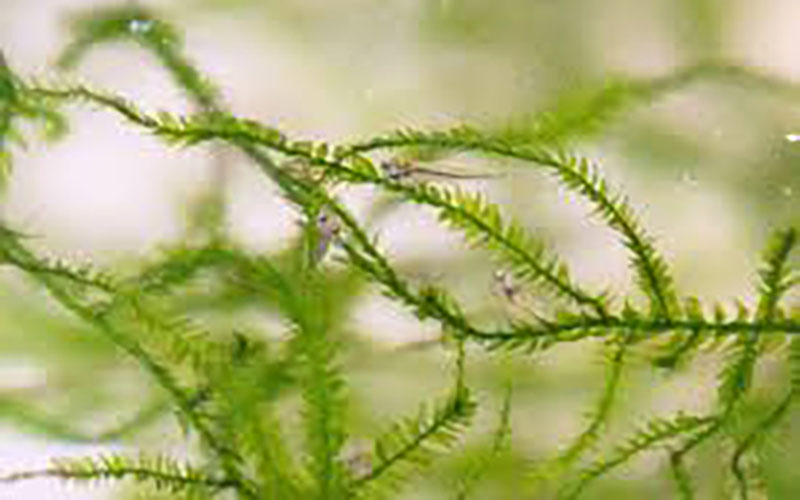
Here is an explanation of what to feed the fry. During the first few days of life, there is no need to feed the fry.Goldfish fry have egg sacs around their abdomen that are filled with nutrients, so they do not need to eat immediately after birth.
Now it is time to feed the fry, but what kind of food you should feed them is explained in the section below, so please refer to that section.Feed the fry from the third day of life, but it can take up to a month at the earliest for the fry to grow large enough to eat commonly available goldfish food, so be sure to feed them nutritious food during this time.
There are many different types of feed for goldfish fry, and the feed given to fry varies from producer to producer and individual to individual, and it is no exaggeration to say that the type of feed they eat when they are fry will to some extent determine how they develop later in life. It is so important.Please try to feed your goldfish nutritious food until they are about one to two months old. During this period, goldfish are growing the most, so it is recommended that you feed them nutritious food during this time.I would like to quickly explain three typical types of feed for fry.
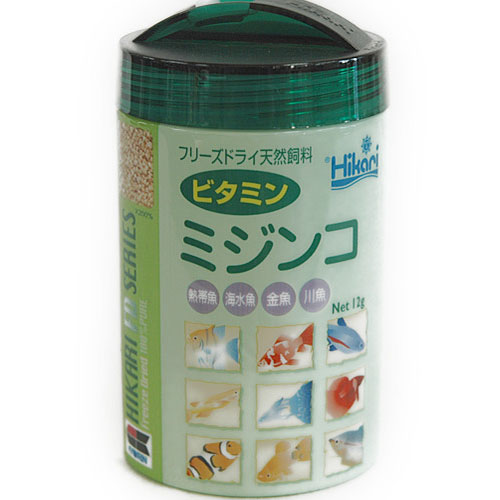
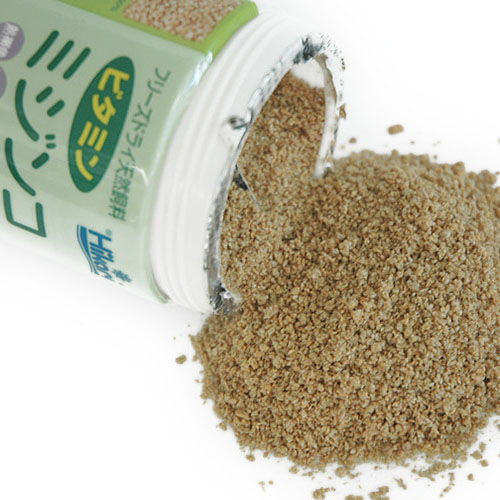
Daphnia has always been the most used bait. Some people feed live Daphnia because they want something as nutritious as possible when they are fry,Since it takes a great deal of time and effort to hatch daphnids from scratch and use them as bait, more and more people are feeding dried daphnids these days.Daphnia magna can be purchased at specialty ornamental fish stores. If you wish to use daphnia as bait, it is a good idea to ask your local ornamental fish specialty store if they carry dried daphnia.
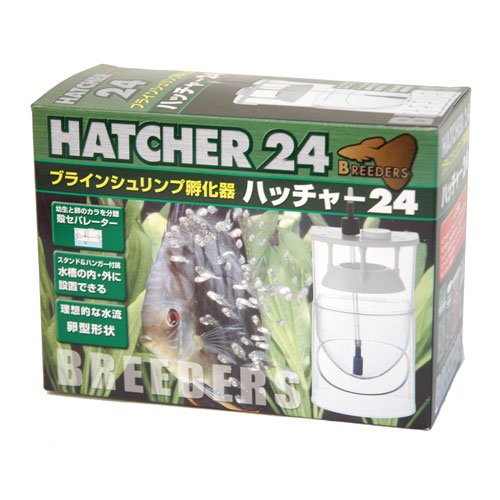
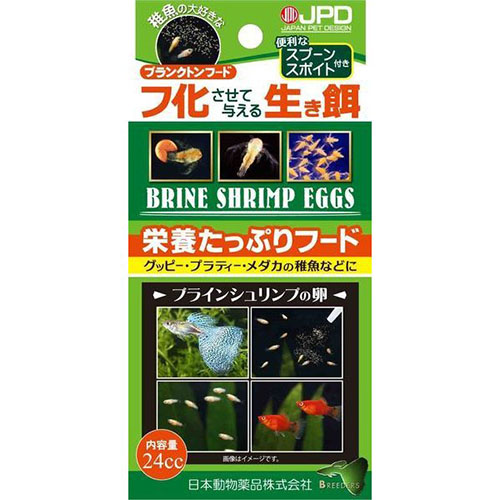
Recently, brine shrimp have become more common than daphnids.Compared to Daphnia magna, it takes less time and effort to hatch, and once accustomed to it, it is very easy and reliable to secure food.The biggest advantage is that equipment for incubating brine shrimp can be found at specialty stores for ornamental fish, making it easy for first-timers to get started. In the case of brine shrimp, durable eggs are purchased at a store and hatched, and the hatched brine shrimp larvae are used as bait.
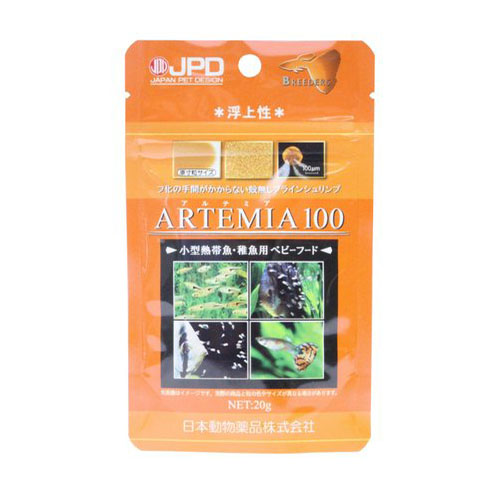

The brine shrimp method described above was to hatch the eggs and use the hatched brine shrimp larvae as bait, but the method described here is dried brine shrimp eggs. The method of securing food by hatching brine shrimp is easier than that of Daphnia magna, but it requires constant hatching and frequent water changes because the brine shrimp larvae are alive and will decompose if not used as food. Therefore, this method is recommended for those who have time, but it is still difficult for those who do it as a hobby or are busy with daily work. Therefore, in recent years, there has been a new method that even such people can easily obtain and use.A highly nutritious bait that has become popular is brine shrimp eggs that have been dried and only the more nutritious yolk portion is extracted.The eggs themselves are sold in a dried state, so they last longer and can be used as soon as they are brought home, especially for those who are short on time.
About three days after the eggs hatch, the water plants used for spawning begin to search for food on their own after they have absorbed the nutrients in the egg sacs. At that time, the fry attached to the water plants also leave the algae and swim away together.Once the fish have started swimming, the water plants used for spawning can be used again for spawning after the eggshell debris is removed by lightly stroking the surface of the water plants with your hand in chlorine-free water.
It is very difficult to raise all the fry born in large numbers, so it is very difficult and time-consuming to sort them out. The first is,It is the spine, so the site may or may not be crooked.If the spine or other parts of the body are crooked, there is a very good chance that it will die, and it looks bad, so it is best to omit it unless you are particularly particular about it. Second,The pectoral fins or other parts of the body are abnormally short or long on one side.If the fins are more different than the left and right, there is a high possibility that the fish will lose its balance and spin around in the water, and then die. These two points can be distinguished to some extent, so we recommend that you pay attention to them and omit them if you find fry that fall into this category.
One thing to keep in mind when raising goldfish fry is that you never know when they will die. It is important to keep in mind that it is not unusual for them to suddenly become ill after having been fine just a short while ago. It is important not to be too discouraged when they die. And be careful about the air you use for your fry.If the foam is too large, the fry may break bones when the foam hits the fry's body, so try to use the foam as fine as possible.Goldfish fry will need to be kept on their toes for at least six months, but they will only last if you take the challenge in stride.